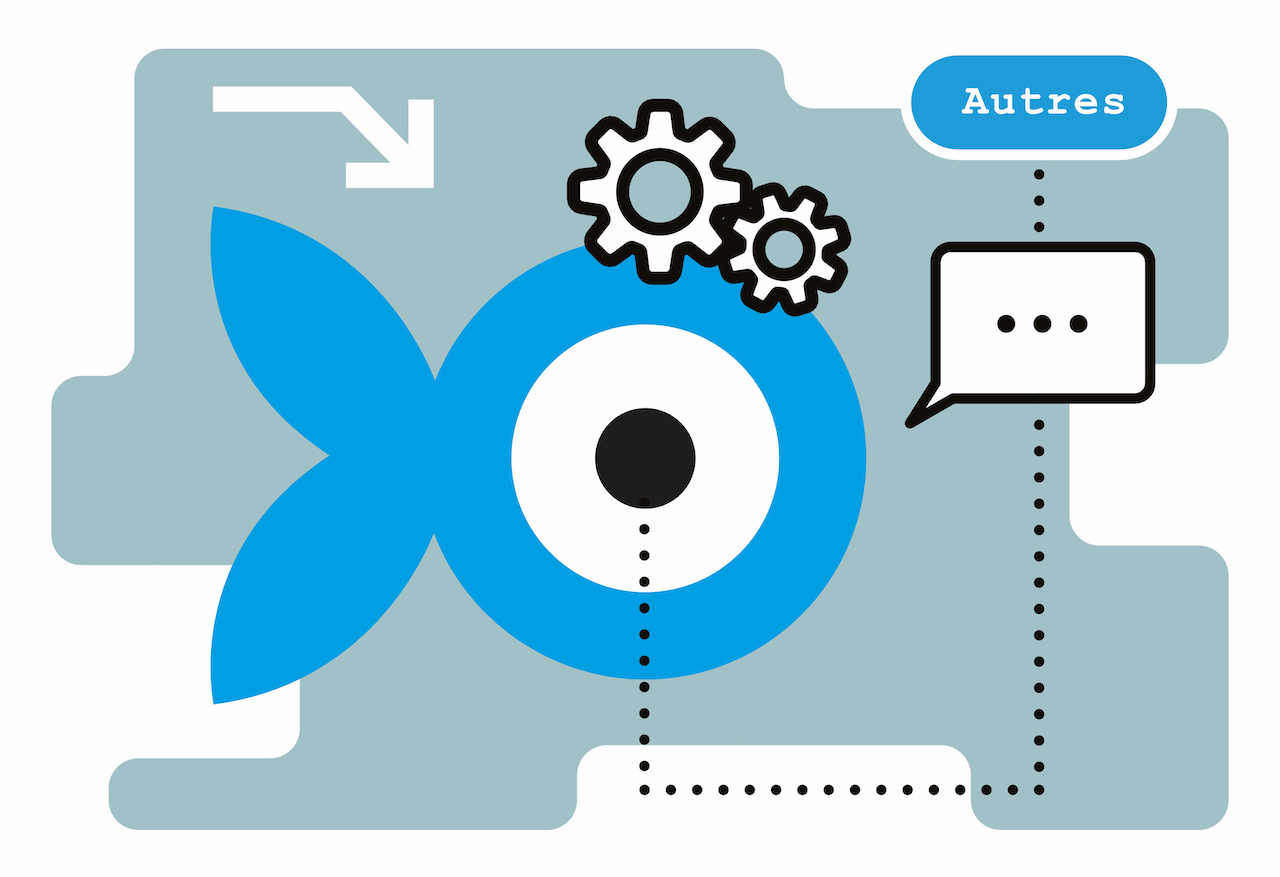Fiche du document
2021
- ISIDORE Id: 10670/1.2a03e1...
- halshs: halshs-03633911
- doi: 10.1007/978-3-319-99675-2_50-1
Ce document est lié à :
info:eu-repo/semantics/altIdentifier/doi/10.1007/978-3-319-99675-2_50-1
info:eu-repo/semantics/OpenAccess
Sujets proches
Academies (Learned societies) Fraternal benefit societies Friendly societies Mutual aid societies Mutual benefit associations Benevolent societies Benefit societiesCiter ce document
Edith Archambault, « Mutual Organizations, Mutual Societies », HAL SHS (Sciences de l’Homme et de la Société), ID : 10.1007/978-3-319-99675-2_50-1
Métriques
Partage / Export
Résumé
According to a very broad definition of the European Commission, mutual organizations/ societies "are voluntary groups of persons (natural or legal) whose purpose is primarily to meet the needs of their members rather than achieve a return on investment." This broad definition includes self-help groups, friendly societies, cooperatives, mutual insurance companies, mutual benefit societies, credit unions, building societies, savings and loans associations, microcredit, burial associations, Freemasons.. . (European Commission 2003). Hereafter, it is a more restricted definition that is used, relying on principles shared by most mutuals in Europe, the region where they are the most widespread. However, some international examples put European mutual societies in perspective. The core organizations examined here will be mutual insurance companies and mutual benefit societies. In that sense, mutual societies are insurance companies run by their members for protecting them against property, personal and social risks on a voluntary and noncompulsory basis. Mutual insurance companies deal with property and life risks while mutual benefit societies protect their members against social risks, mainly illness, disability, and old age.
